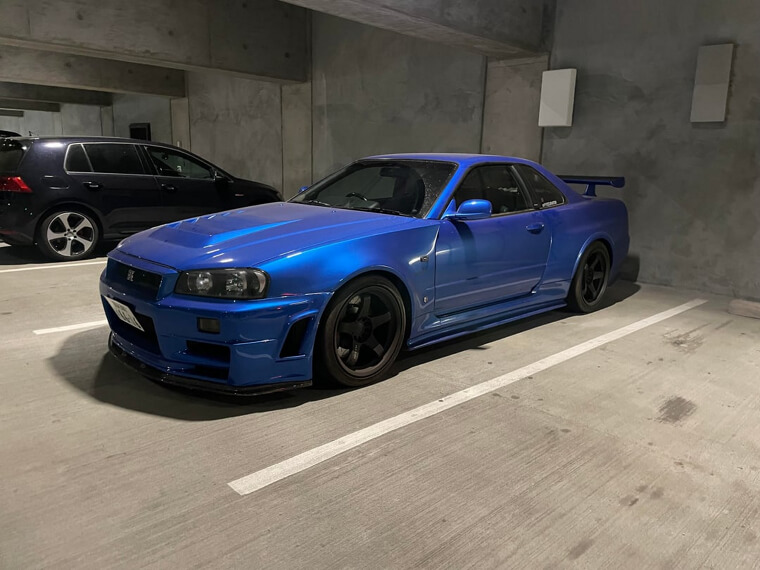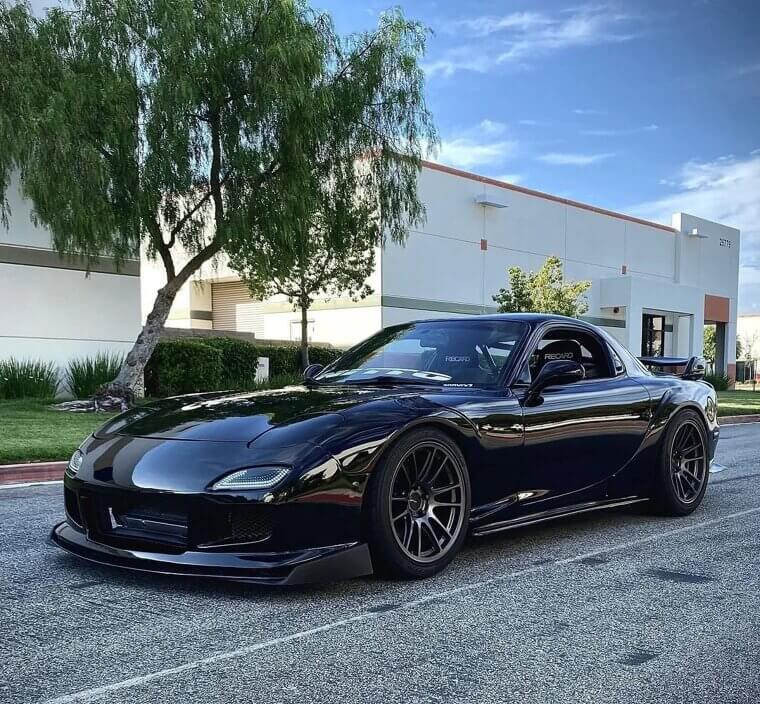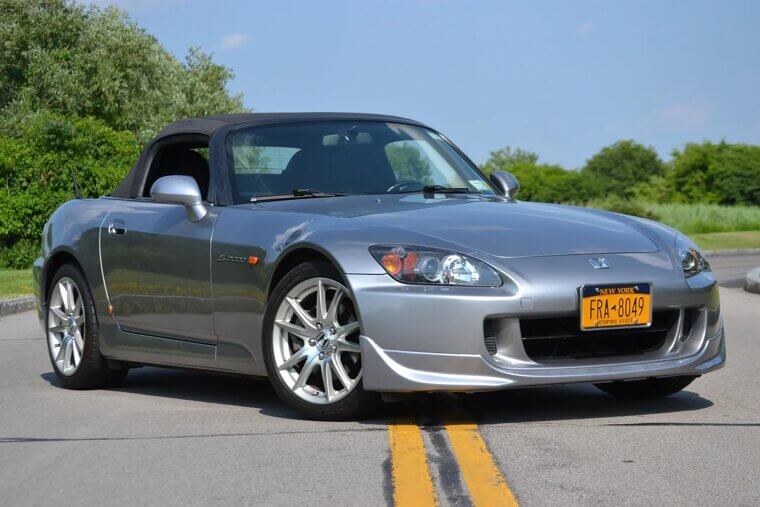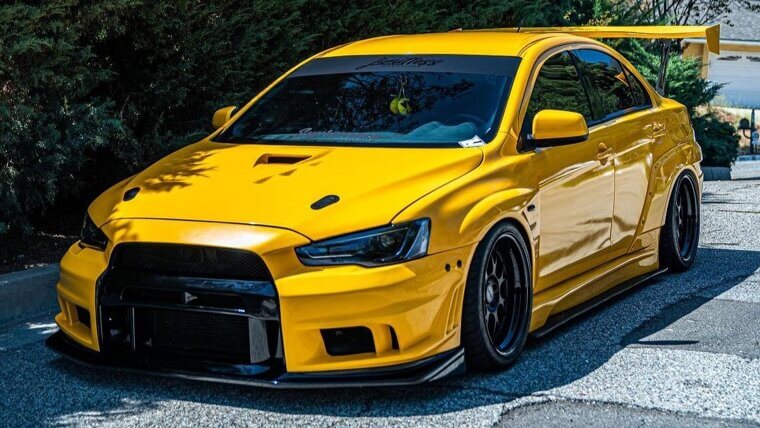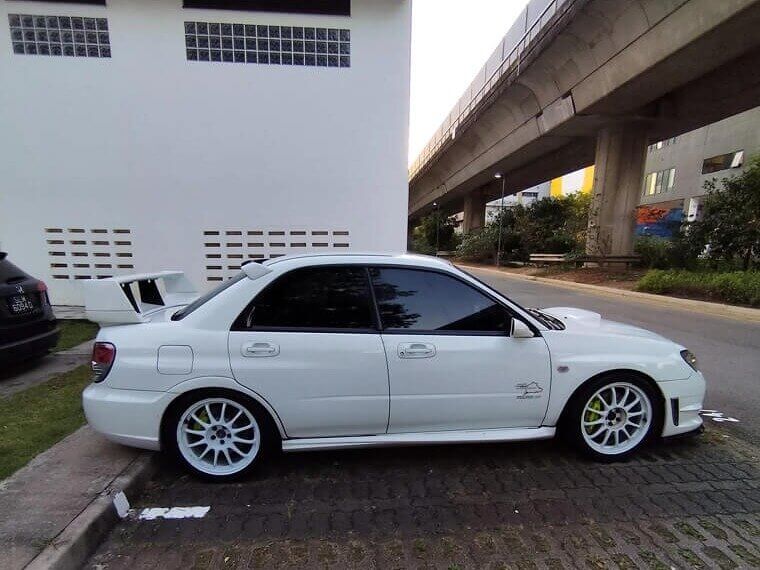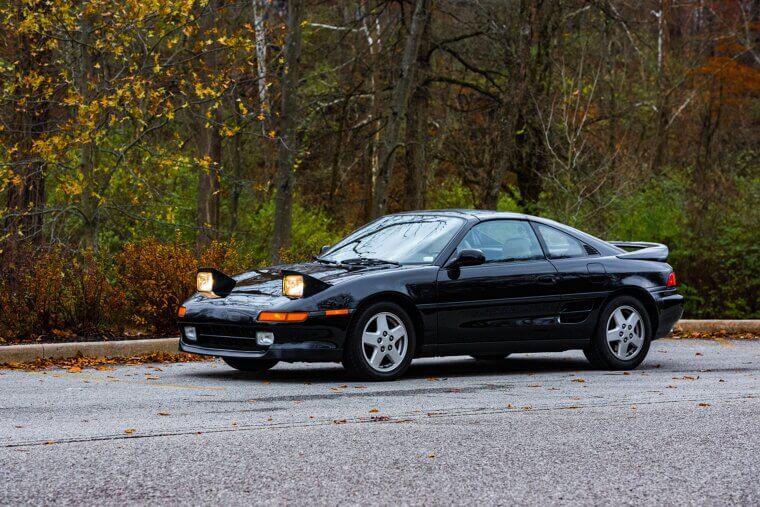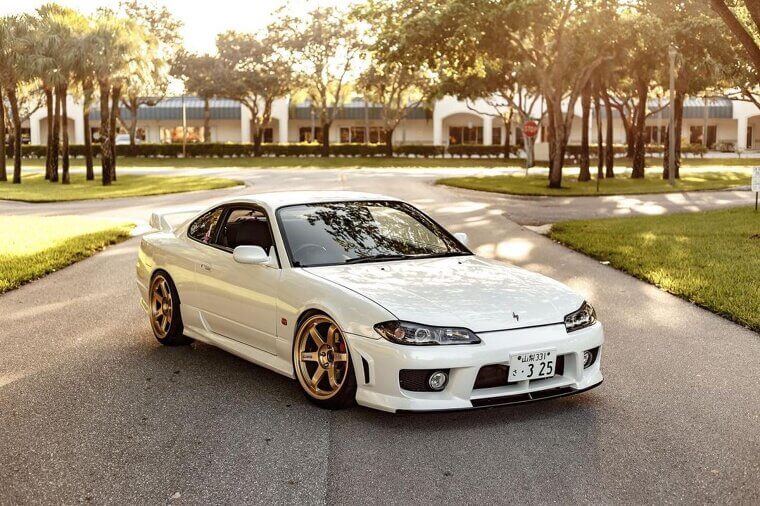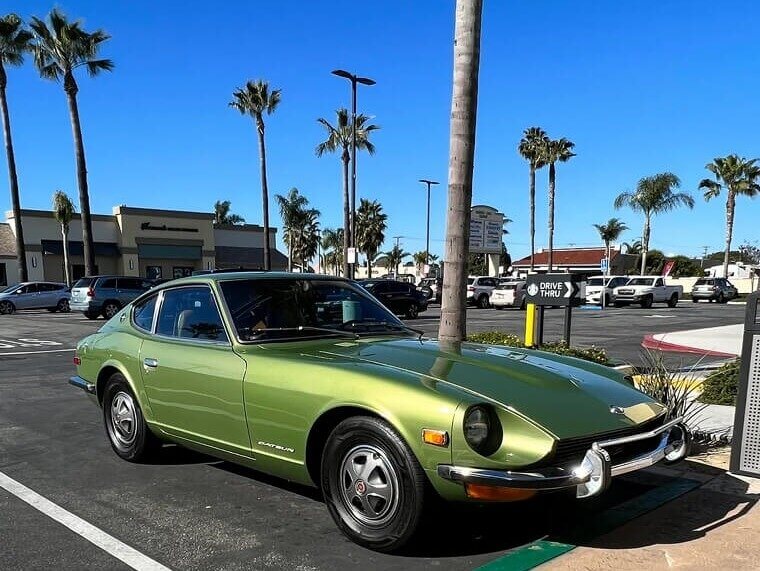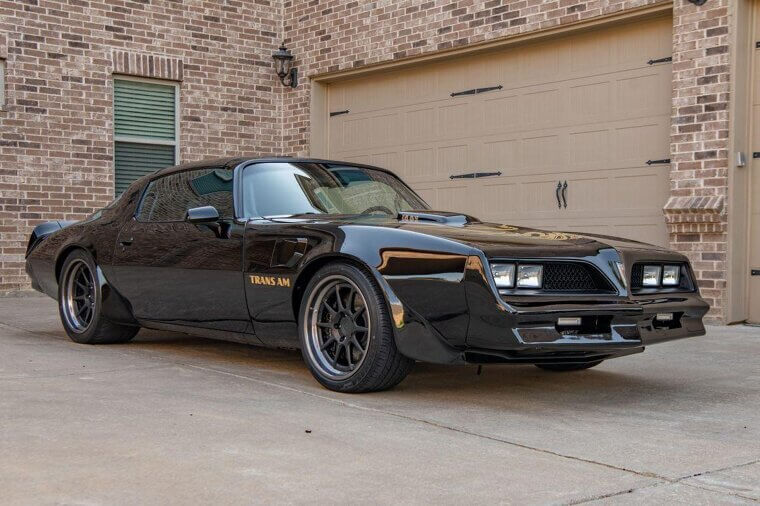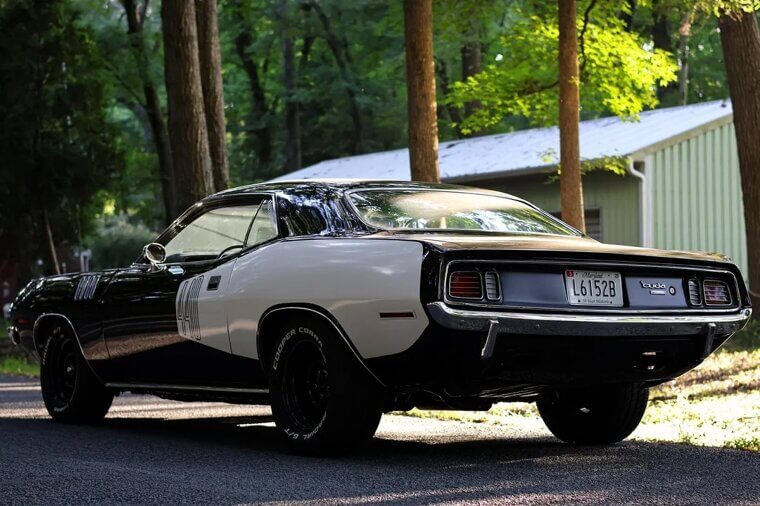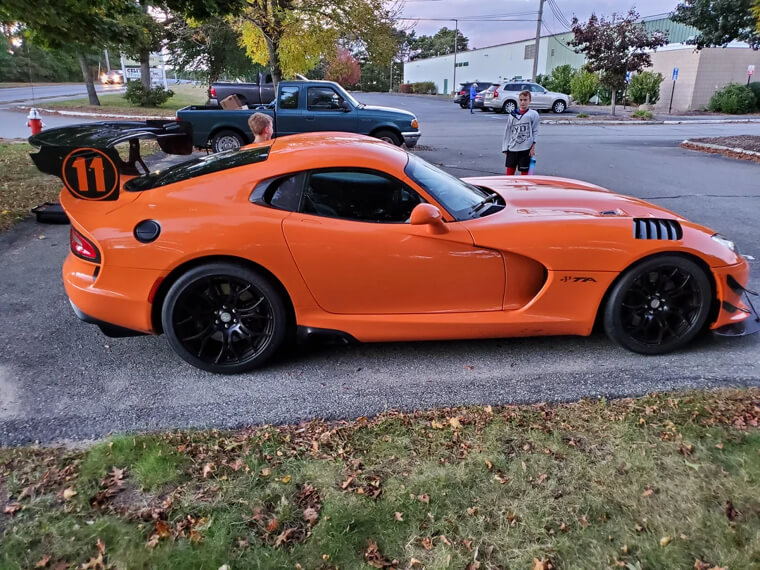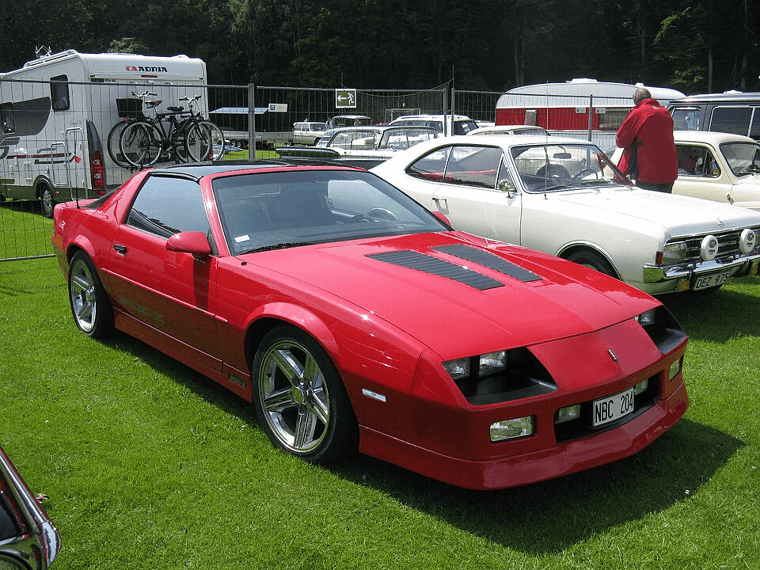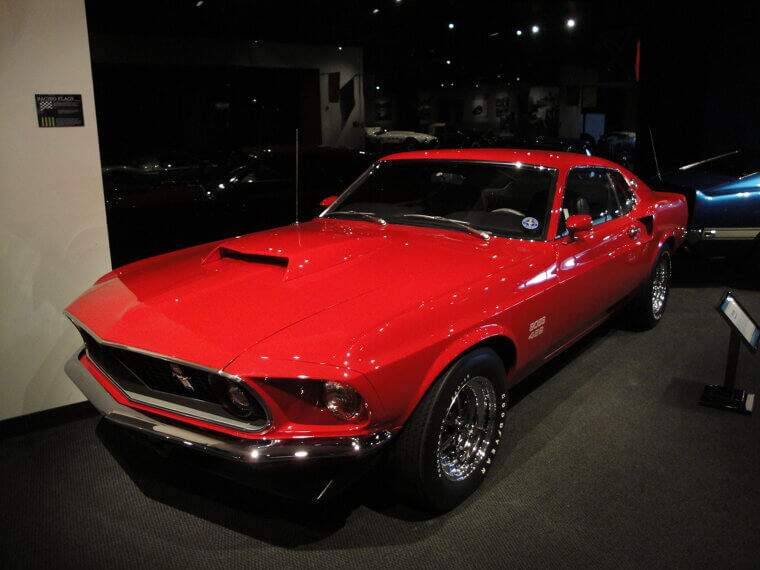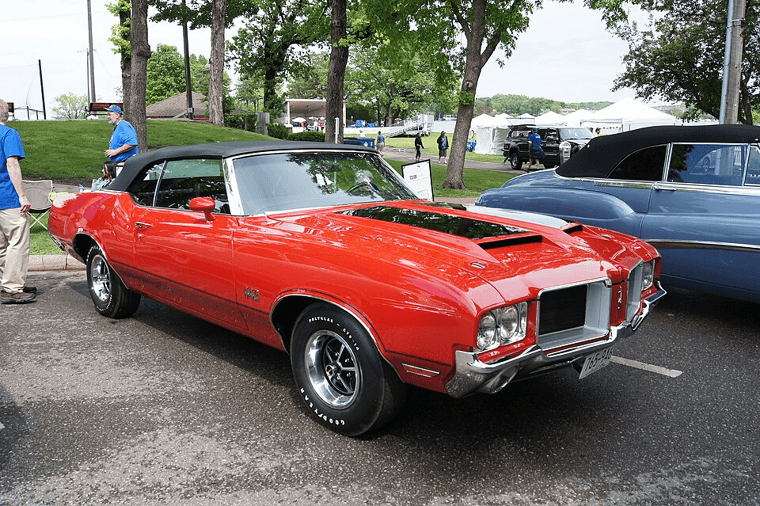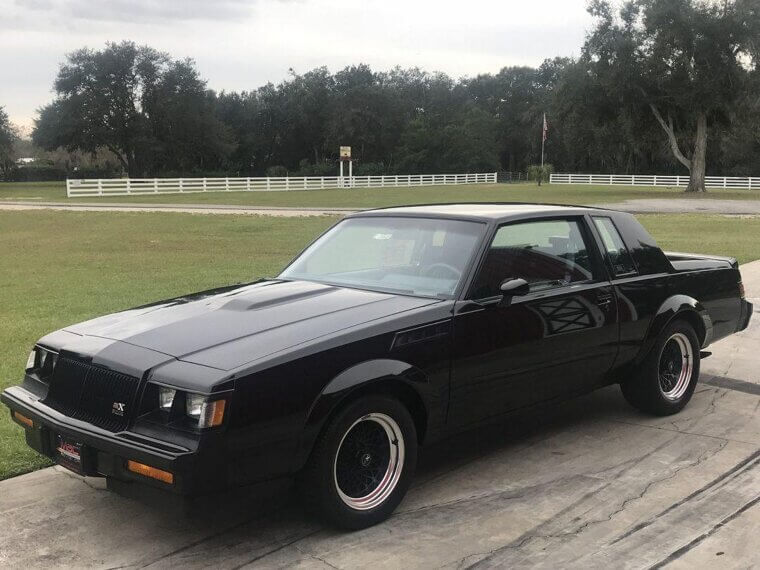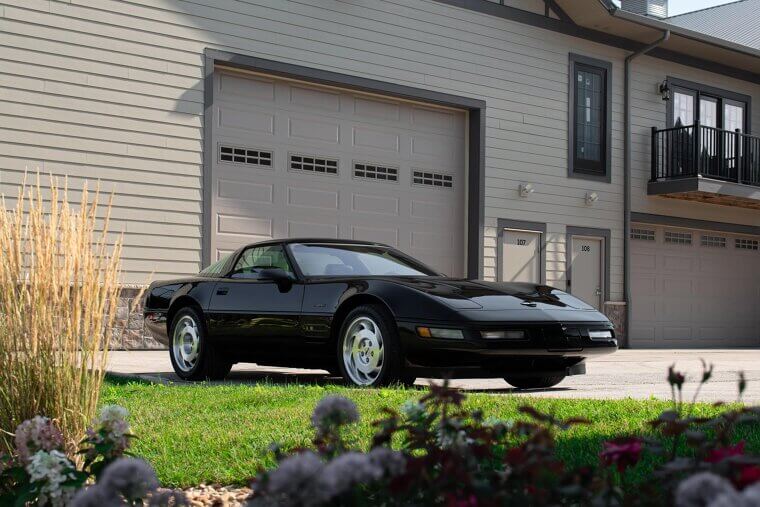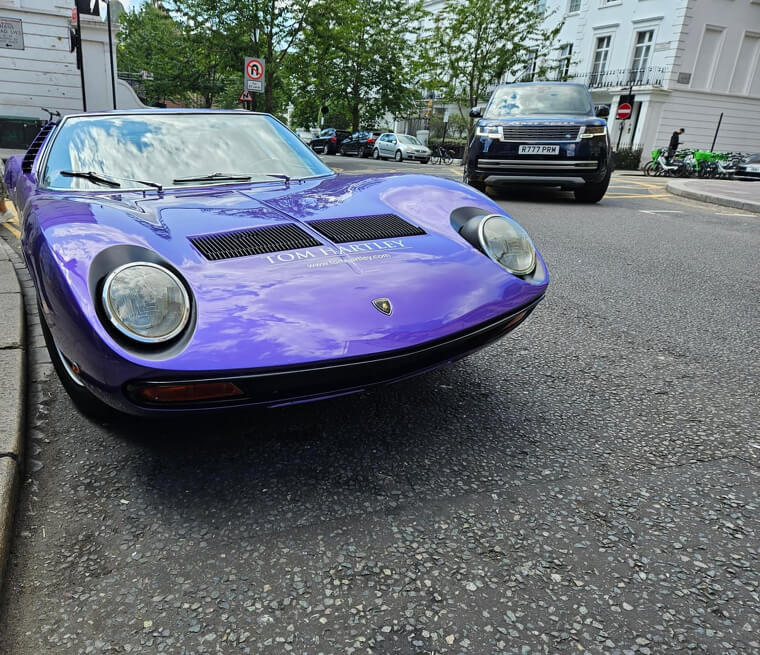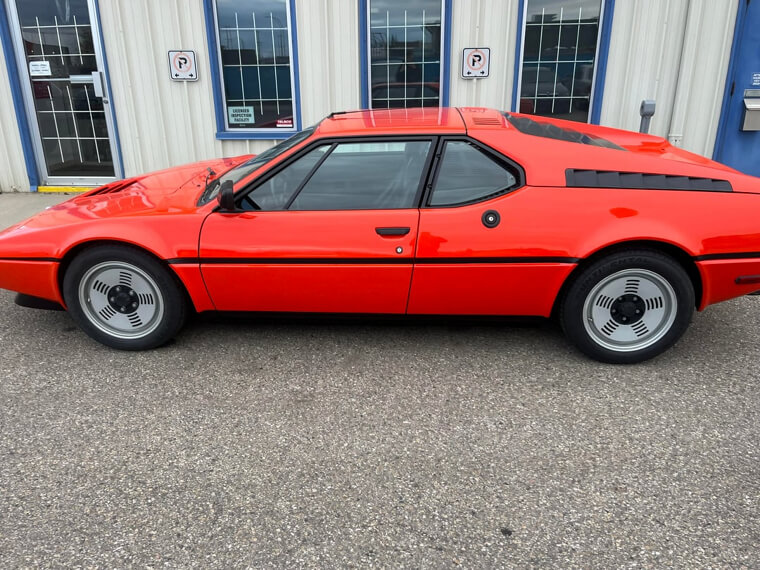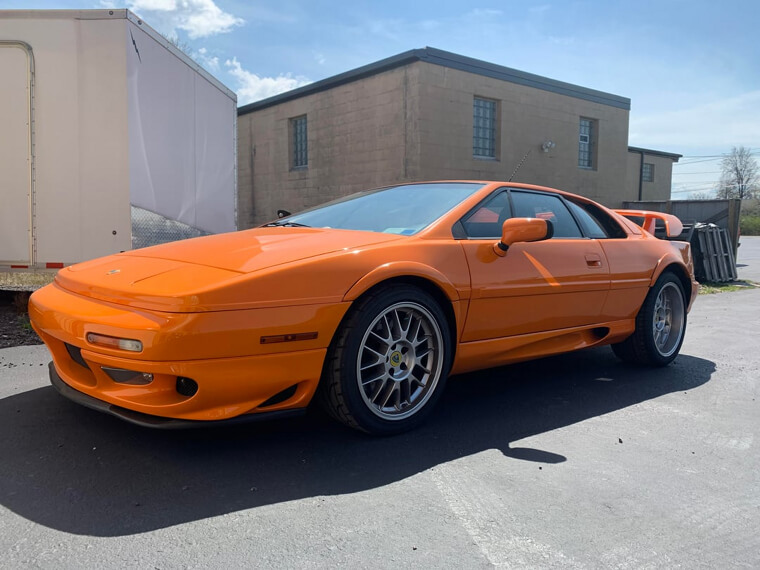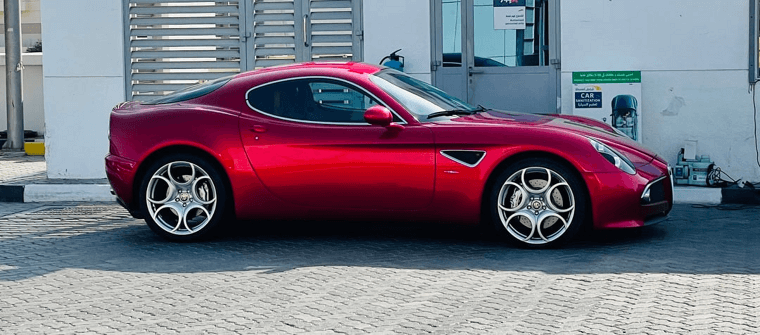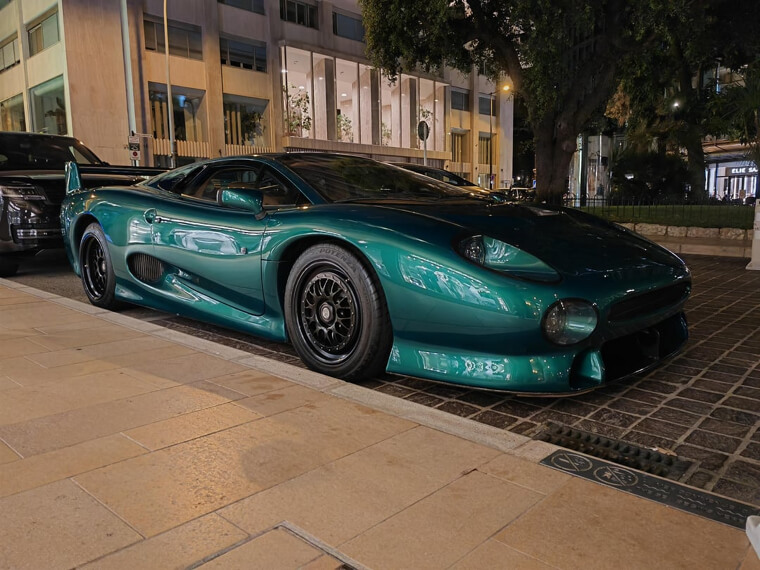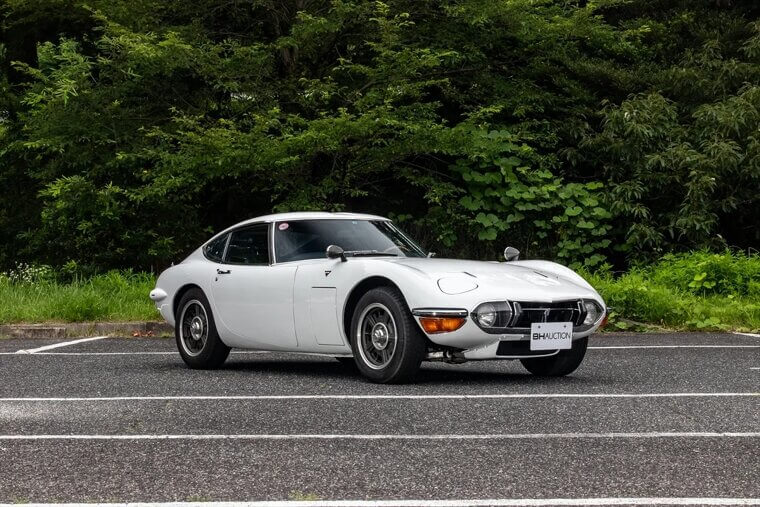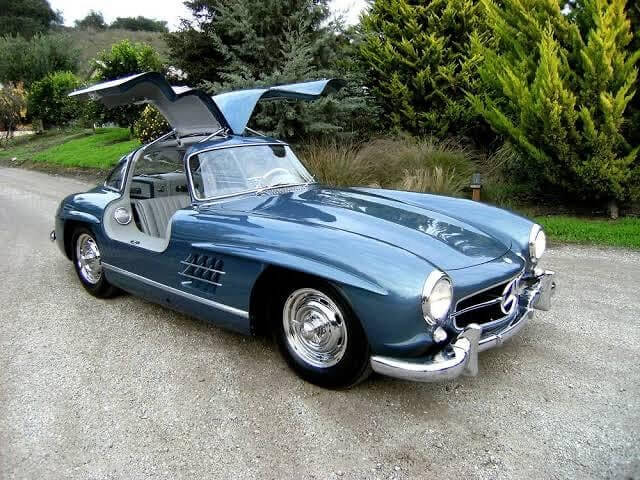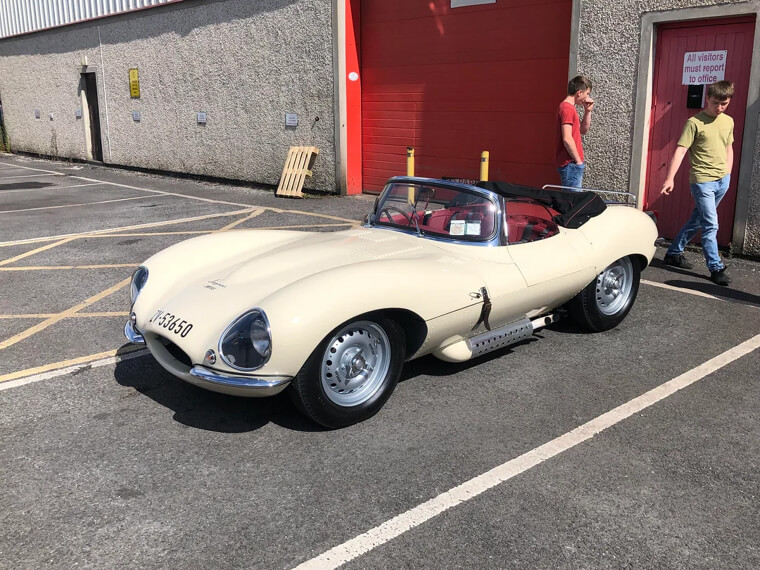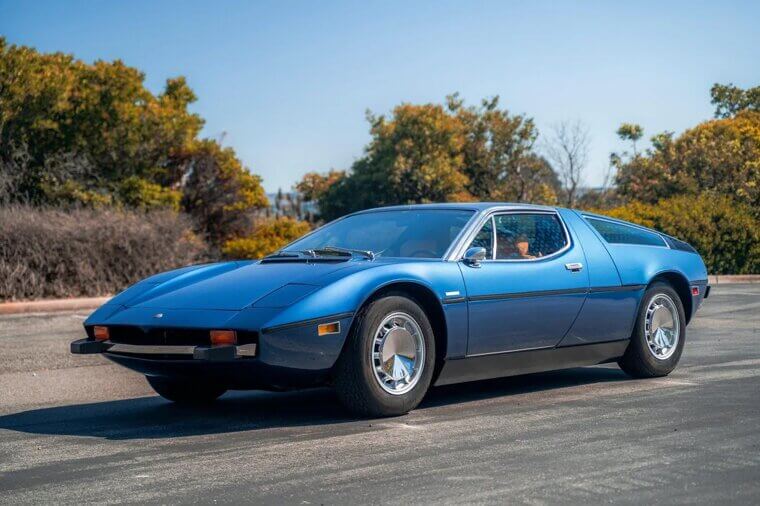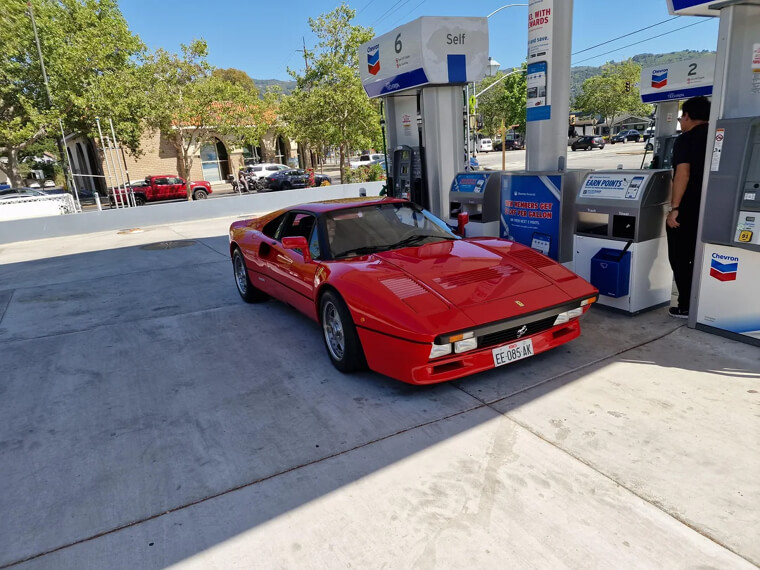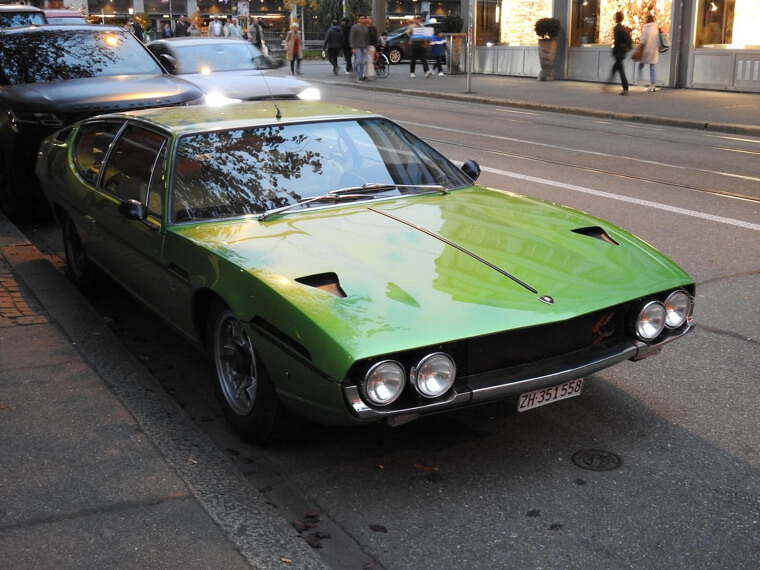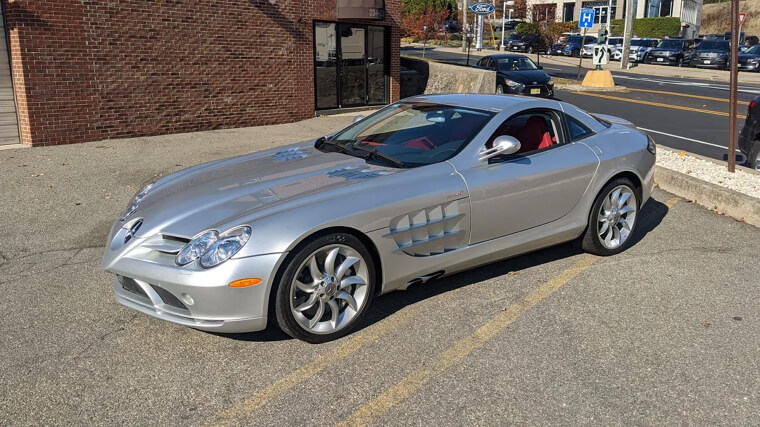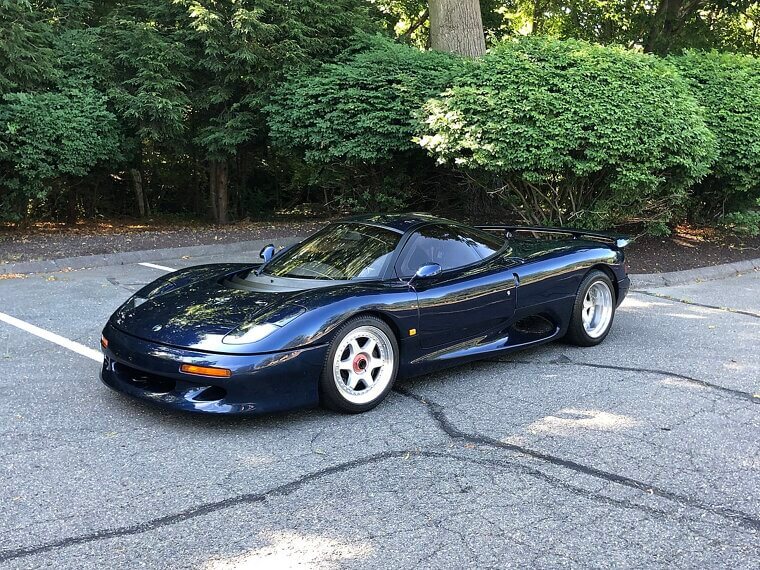Toyota Supra Mk4 (A80)
The 2JZ engine promised that with enough boost and a prayer to the heavens, you could embarrass supercars twice the price. And it delivered. The A80 Supra was a symphony of straight-six smoothness wrapped in curves that aged like fine wine.
Nissan Skyline GT-R R34
Godzilla in its purest form! With its twin-turbo RB26DETT engine and revolutionary ATTESA all-wheel-drive system, this technological masterpiece could adapt to any driving situation. Its aggressive styling, complete with that iconic rear spoiler, made it instantly recognizable.
Mazda RX-7 FD
The FD RX-7 was proof that rotary engines were gifts from the automotive gods – temperamental, thirsty, and absolutely intoxicating. With a twin-turbo wail that was pure mechanical poetry, it drank oil like a sailor on shore leave, but my word, what a way to go!
These Japanese legends paved the way for another Honda masterpiece...
These Japanese legends paved the way for another Honda masterpiece...
Honda S2000
Nine thousand RPM of pure, naturally-aspirated euphoria! The S2000 didn't need turbos or superchargers because it had VTEC magic and a redline that seemed to reach for the stars. It was Honda's love letter to drivers. And they loved it.
Mitsubishi Lancer Evolution X
Mitsubishi's final Evolution represented the ultimate expression of rally-derived performance. The turbocharged 4G63 engine, advanced all-wheel-drive system, and aggressive aerodynamics created a sedan that could embarrass a Porsche on a back road and haul your groceries on Sunday.
Subaru WRX STI (EJ Engine Era)
The EJ engine was Subaru's greatest hits album on repeat; that distinctive boxer rumble, the turbo whoosh, and enough rally pedigree to make Colin McRae proud. The STI went fast, and it did it while sounding like mechanical thunder. Euphoria on wheels!
From all-wheel-drive legends to mid-engine marvels…
From all-wheel-drive legends to mid-engine marvels…
Toyota MR2 (SW20)
Mid-engine magic in an affordable package! Turbo models were like pocket rockets designed by engineers who clearly had a sense of humor (and a death wish). It handled like a dream and looked like a baby Ferrari that ate its vegetables.
Nissan Silvia S15
The S15 Silvia was drift culture incarnate: rear-wheel drive, perfectly balanced, and just the right amount of power to get you in trouble. Its SR20DET engine was boost-ready straight from the factory. And those pop-up headlights? Pure '90s JDM gold that could make a grown man cry (it did)
Toyota Celica GT-Four
Toyota's rally-bred street weapon was like a well-dressed assassin at a dinner party; sophisticated on the surface, absolutely lethal underneath. The GT-Four took everything Toyota learned from throwing cars sideways through Finnish forests and wrapped it in a coupe that looked fast even when parked. Yum.
Speaking of legends, let's travel back to where it all began…
Speaking of legends, let's travel back to where it all began…
Datsun 240Z
The Datsun 240Z changed everything, proving that sports cars didn't need to be British to have soul, or Italian to be beautiful. Its long hood, flowing curves, and distinctive profile created an instant classic. The 2.4-liter inline-six made a modest 151 horsepower, but in a 2,300-pound package, it felt like a rocket on wheels.
Pontiac Firebird Trans Am
The Trans Am was America's answer to European sophistication. With V8s ranging from 6.6 to 7.4 liters pumping out anywhere from 200 to 345 horsepower, it was muscle, attitude, and lots of tire smoke.
Pontiac GTO
The original muscle car, the Pontiac GTO was Detroit's middle finger to the establishment. It broke the “rules” and stuffed big-block V8s into mid-size packages, essentially inventing the phrase "because race car" decades before it was cool.
The muscle car revolution was just getting started…
The muscle car revolution was just getting started…
Plymouth Barracuda ('Cuda)
The 'Cuda was Chrysler's contribution to the "more is more" philosophy of American performance. From mild 145-horsepower slant-sixes to apocalyptic 425-horsepower Hemi V8s, the 'Cuda could be Clark Kent weekdays and Superman weekends; automotive split personality at its finest.
Dodge Viper
The Dodge Viper was refreshingly honest: a massive V10 engine, rear-wheel drive, and absolutely no electronic nannies. This exotic machine delivered raw, unfiltered performance that demanded respect and rewarded skill. Its aggressive styling, paired with side exhausts and a bulging hood, proved Americans could build genuine supercars.
Chevrolet Camaro IROC-Z
The IROC-Z was the '80s distilled into automotive form. It had a 5.7-liter V8 capable of churning out 245 horsepower, along with ground effects that could embarrass a spaceship. As the saying goes: business at the front, party in the back.
Ford Mustang Boss 429
V8? Check. 375 horsepower in a streetcar body? Check. The Boss’s engine was originally designed for NASCAR. Perhaps that is why it was only in production for two years, because apparently, even Ford realized they'd created something borderline insane.
American muscle wasn't limited to just the famous brands…
American muscle wasn't limited to just the famous brands…
Oldsmobile 442
The 442 was GM's version of a gentleman's muscle car. It was refined enough for the country club, and just wild enough for the drag strip. With a 7.5-liter V8 producing 370 horsepower, it was sophisticated, refined, luxurious, and wild; the perfect combination.
Buick Grand National GNX
Buick's final mic drop. A blown 3.8-litre V6 making 276 horsepower (more than most V8s at the time), and looked like Darth Vader's daily drive. It humiliated Corvettes at traffic lights while maintaining enough luxury to keep your chiropractor happy.
AMC Javelin AMX
AMC's beautiful oddball, the AMX, was proof that the little guy could throw punches with the big boys. The 6.6-liter V8 could produce up to 315 horsepower and had style, performance, and a street presence that made Detroit take notice.
Chevrolet Corvette C4 ZR-1
The C4 ZR-1 represented Chevrolet's most serious attempt at creating a world-class supercar. Its LT5 engine, developed with Lotus, produced 375 horsepower from an all-aluminum, 32-valve V8 that could rev to 7,000 RPM. This was America's first true supercar.
Meanwhile, in Europe, carmakers were pushing the limits of design and technology…
Meanwhile, in Europe, carmakers were pushing the limits of design and technology…
Ferrari F40
Enzo Ferrari's final masterpiece, a no-compromise supercar built to celebrate the company's 40th anniversary. Raw, unfiltered, and absolutely magnificent. Its twin-turbo V8 produced 471 horsepower while weighing just 2,425 pounds, creating a power-to-weight ratio that would make you lick your lips.
Lamborghini Miura
With a 4.0-litre V12 engine that produced 350 horsepower, the Miura invented the supercar template and then threw away the mold because perfection can't be improved upon. Mid-engine, drop-dead gorgeous, and fast enough to make an atheist pray to God.
BMW M1
The M1 was built to compete in motorsport while satisfying street car requirements. Its mid-mounted inline-six engine, developed from BMW's racing program, produced 273 horsepower in a lightweight fiberglass body. Only 453 road cars were built, making it one of the rarest and most desirable BMW models ever created.
Of course, the Brits had their own ideas about supercar excellence...
Of course, the Brits had their own ideas about supercar excellence...
Lotus Esprit
The Esprit combined dramatic Giugiaro styling with Lotus's legendary handling expertise. Its sharp, angular lines made it look like it was traveling at speed while standing still. The Esprit's starring role in James Bond films cemented its status as the ultimate 1980s supercar.
Alfa Romeo 8C Competizione
The 8C Competizione represented Alfa Romeo's return to supercar territory, combining stunning design with serious performance credentials. Its carbon fiber body housed a Ferrari-derived V8 engine producing 450 horsepower. Limited production made it instantly collectible.
Jaguar XJ220
The XJ220 was Britain's answer to the supercar arms race, and they didn’t disappoint. While the production version lost the AWD system, it retained the twin-turbo V6 engine that produced 542 horsepower, making it the world's fastest production car at the time.
Toyota 2000GT
The Toyota 2000GT wowed enthusiasts in the late 1960s with its curvy design and pop-up headlights. Beneath the hood sat a 2.0-liter inline-six engine pushing around 150 horsepower, paired with a 5-speed manual, making it Japan’s first true supercar.
And some classics were more than just mere transportation...
And some classics were more than just mere transportation...
Mercedes-Benz 300SL Gullwing
The 300SL Gullwing was a rolling sculpture that happened to be devastatingly fast. Its distinctive upward-opening doors created an iconic silhouette that remains breathtaking to this day. Powered by a fuel-injected inline-six engine, along with sophisticated suspension, it provided optimal handling to match its stunning appearance.
Jaguar XKSS
The XKSS was essentially a D-Type race car converted for street use, making it one of the most extreme road cars ever conceived. With only 16 examples completed before a factory fire killed the project, the XKSS represents ultimate exclusivity.
Maserati Bora
The Bora combined Italian styling with serious performance credentials. Its Giugiaro-designed body housed a powerful V8 engine that produced distinctive exhaust notes while delivering genuine supercar acceleration. This was Maserati's most successful supercar, proving Italian manufacturers could compete with Ferrari and Lamborghini.
The 1980s brought technological marvels…
The 1980s brought technological marvels…
Ferrari 288 GTO
The 288 GTO was Ferrari's ultimate Group B homologation special, unleashing 400 twin-turbo horsepower from its 2.9-liter V8 engine. With only 272 examples built, it became one of Ferrari's most exclusive and desirable models.
Porsche 959
The 959's twin-turbo 2.9-liter flat-six produced 444 horsepower, featured a revolutionary all-wheel drive, and had enough electronic wizardry to make NASA jealous. It was the car that proved Germans could build something both impossibly advanced and utterly desirable.
Lamborghini Espada
The Espada was Lamborghini's four-seat grand tourer that somehow managed to be both practical and absolutely mental. It housed a 4.0-liter V12 that made 350 horsepower, proving that family cars didn't have to be boring – they just had to be Lamborghini.
And finally, modern classics deserve recognition as well…
And finally, modern classics deserve recognition as well…
Mercedes-Benz SLR McLaren
The SLR McLaren represented the ultimate collaboration between German precision and British racing madness. Its supercharged V8 engine produced 617 horsepower, while the carbon fiber construction kept the weight reasonable. The SLR's dramatic styling, complete with side-exit exhausts and gullwing doors, made it instantly recognizable.
Jaguar XJR-15
The XJR-15 was Jaguar's carbon fiber fever dream; a road-legal version of their Group C racing car. Its carbon fiber construction and naturally aspirated V12 engine created a combination of light weight and serious power that few road cars could match. With only 53 examples built, the XJR-15 was incredibly exclusive even when new.


